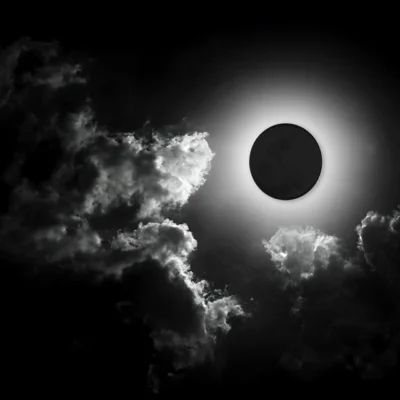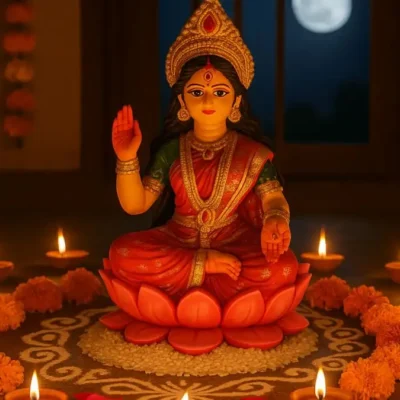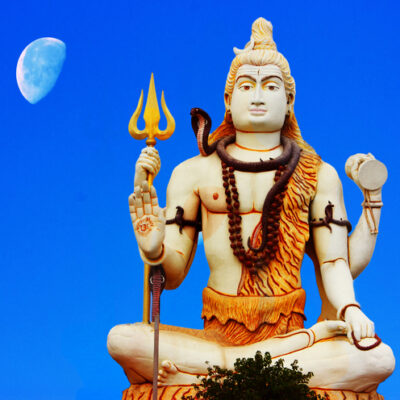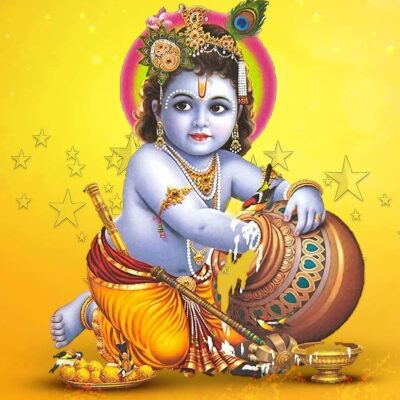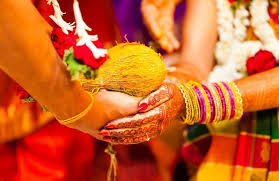Thirukkailayam (Kailayam) Sri Kailayam Nodithanmalai – China

Address
Sri Kailayam Nodithanmalai, Thirukkailayam Burang County, Ngari Prefecture, China
Deity
Sivan Amman: Parvathi Devi
Introduction
Introduction to Mount Kailash
Mount Kailash, part of the Transhimalaya range in the Ngari Prefecture of Tibet Autonomous Region, China, is one of the most revered mountains in the world. Located near Lake Manasarovar and Lake Rakshastal, it is the source of some of Asia’s longest rivers, including the Indus, Sutlej, Brahmaputra, and Karnali (Ghaghara)—a major tributary of the Ganges in India.
Mount Kailash holds sacred significance in four major religions:
- Hinduism – Considered the abode of Lord Shiva and the center of the universe.
- Bon – A holy site in the indigenous Tibetan Bon tradition.
- Buddhism – Associated with Chakrasamvara Tantra and Guru Rinpoche.
- Jainism – Known as Ashtapada, where Rishabhadeva, the first Tirthankara, attained moksha.
The mountain is also known locally as Tisé Mountain, derived from the Zhang-Zhung language, meaning “Water Peak” or “River Peak.” This name reflects its significance as the mythical source of four sacred rivers symbolized by the Lion, Horse, Peacock, and Elephant—paralleling the Indus, Brahmaputra, Karnali, and Sutlej.
Mount Kailash remains unclimbed due to its spiritual significance, with thousands of pilgrims undertaking the Kailash Parikrama (circumambulation) every year in deep reverence.
Puranic Significance
Mount Kailash in Hinduism
Mount Kailash is traditionally revered as the abode of Lord Shiva, where he resides with his consort Goddess Parvati and their children, Lord Ganesha and Lord Kartikeya. It is considered the center of the universe and a spiritual axis connecting the earthly and divine realms.
Legends Associated with Mount Kailash
- Ravana and Lord Shiva – The Ravananugraha Form
- According to the Uttara Kanda section of the Ramayana, the demon king Ravana once attempted to uproot Mount Kailash as an act of defiance.
- In response, Lord Shiva pressed his right big toe on the mountain, pinning Ravana beneath it.
- Realizing his folly, Ravana composed the Shiva Tandava Stotram, a hymn in praise of Shiva, earning his blessings and favor.
- This benevolent form of Shiva granting grace to Ravana is known as Ravananugraha Murti.
- Pandavas and the Path to Liberation
- As described in the Mahabharata, the Pandava brothers, along with their wife Draupadi, undertook a pilgrimage to Mount Kailash in their final journey towards Swarga Loka (Heaven).
- It is believed that the mountain serves as a gateway to the celestial realm, symbolizing moksha (liberation).
- Mythological Description in the Vishnu Purana
- As per the Vishnu Purana, Mount Kailash is depicted as a pillar of the world, located at the center of six mountain ranges, symbolizing a lotus flower.
- It is described as having four divine faces, made of:
- Crystal (East)
- Ruby (West)
- Gold (North)
- Lapis Lazuli (South)
Special Features
Mount Kailash is one of the most sacred and revered mountains in the world, attracting thousands of pilgrims every year. The mountain is believed to be a spiritual axis, and circumambulating (parikrama) around it is considered an act of immense religious merit.
1. Pilgrimage and Circumambulation (Parikrama/Kora)
- Pilgrims from Hinduism, Buddhism, Jainism, and Bon traditions undertake the Kailash Parikrama, believing it brings spiritual purification and good fortune.
- Different traditions follow different paths:
- Hindus & Buddhists: Walk clockwise around Mount Kailash.
- Jains & Bonpos: Walk counterclockwise around the mountain.
- The total distance of the circumambulation is 52 km (32 miles).
- One-day Parikrama: Some devout pilgrims complete the circuit within a single day, requiring approximately 15 hours of continuous walking under extreme conditions.
- Prostration Parikrama: Some devotees undertake the more challenging prostration method, where they:
- Bow down and extend their body fully on the ground.
- Mark the spot where their fingers reach.
- Move forward to the marked spot and repeat the process.
- This rigorous practice takes around four weeks to complete the full circumambulation.
2. Harsh Terrain and High Altitude Challenges
- Mount Kailash is located in a remote and inhospitable region of Tibet.
- The trek begins at Darchen (4,600 m / 15,100 ft) and passes through Dolma La Pass (5,500 m / 18,200 ft), the highest point of the journey.
- Pilgrims experience altitude sickness, freezing temperatures, and strong winds.
- Despite these hardships, thousands undertake the pilgrimage every year with unwavering devotion.
3. Restrictions on Climbing the Mountain
- Setting foot on Mount Kailash is forbidden, as it is considered a holy mountain.
- The peak is believed to be the stairway to heaven, and disturbing its sacred ground is viewed as a grave sin.
4. Travel Routes and Access
- Due to the Sino-Indian border dispute, Indian pilgrims were restricted from visiting Kailash between 1954 and 1978.
- Since then, a limited number of Indian pilgrims have been permitted under the supervision of the Chinese and Indian governments.
- The pilgrimage can be undertaken via:
- A challenging trek over the Himalayan terrain.
- A land route from Kathmandu, Nepal.
- A flight from Kathmandu to Lhasa, followed by overland travel across Tibet.
5. Key Landmarks Along the Pilgrimage Route
- Tarboche (Flagpole): A sacred site where Tibetan Buddhists perform the annual Saga Dawa Festival, celebrating Buddha’s birth, enlightenment, and nirvana.
- Dirapuk Gompa: A meadow campsite offering breathtaking views of Kailash’s north face.
- Dolma La Pass (5,500 m): The highest point of the Parikrama, considered spiritually significant.
- Gauri Kund: A sacred lake associated with Goddess Parvati, visible from the pilgrimage route.
Despite the minimal infrastructure in the area, guesthouses, refreshment kiosks, and medical centers help facilitate the pilgrimage. However, Tibetan pilgrims usually rely on their own tents and supplies.
Spiritual and Cultural Significance
Mount Kailash is not just a physical journey but a spiritual transformation. Many believe that completing the Parikrama washes away sins of a lifetime, while 108 circumambulations lead to enlightenment and liberation (moksha). The pilgrimage is a test of devotion, endurance, and faith, drawing seekers from all walks of life.
Festivals
Maha Sivarathiri.
Century/Period/Age
2000-3000 years old
Managed By
Government of China
Nearest Bus Station
Tibetan
Nearest Railway Station
Rishikesh
Nearest Airport
Dehradun
